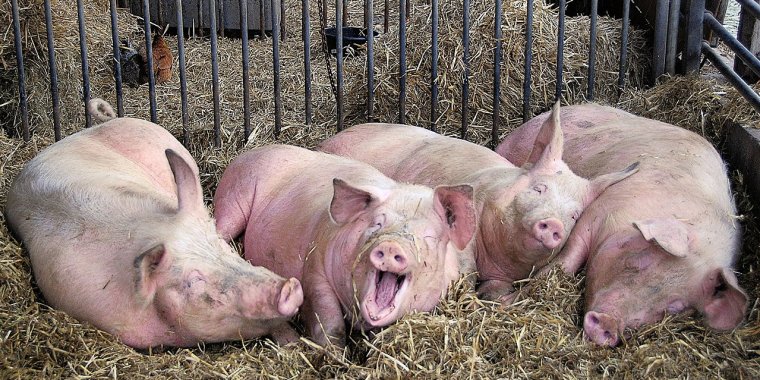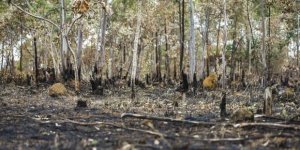| News / Science News |
Scientist Move Closer to Pig-human Organ Transplants
There’s a word that everybody should learn because in a few years it may be in almost every day use.

Pigs. ![]()
According to scientists at Harvard University, advances in research of xenotransplantation, or transplantation of animal organs to humans, promises to bridge the huge gap between the number of human organs available for transplants and the number of patients on waiting lists.
The experiments stem from the fact that humans share a lot of DNA with mammals, specifically pigs. Pig heart valves are already being routinely transplanted into humans, some diabetes patients have transplanted pig pancreas cells and pig skin is often used for treating patients with severe burns.
Combining gene editing technique called CRISPR with cloning, Harvard scientists created piglets that do not harbor viruses harmful to humans. This, they say, may lead to the first direct xenotransplantation within as little as two years.
Such patients would still be required to take anti-rejection drugs so the ultimate goal is to grow pigs with human ready organs that don't require any medication.
Other scientists express skepticism saying a lot more research is needed before xenotransplantation becomes widely available. (VOA)
YOU MAY ALSO LIKE





